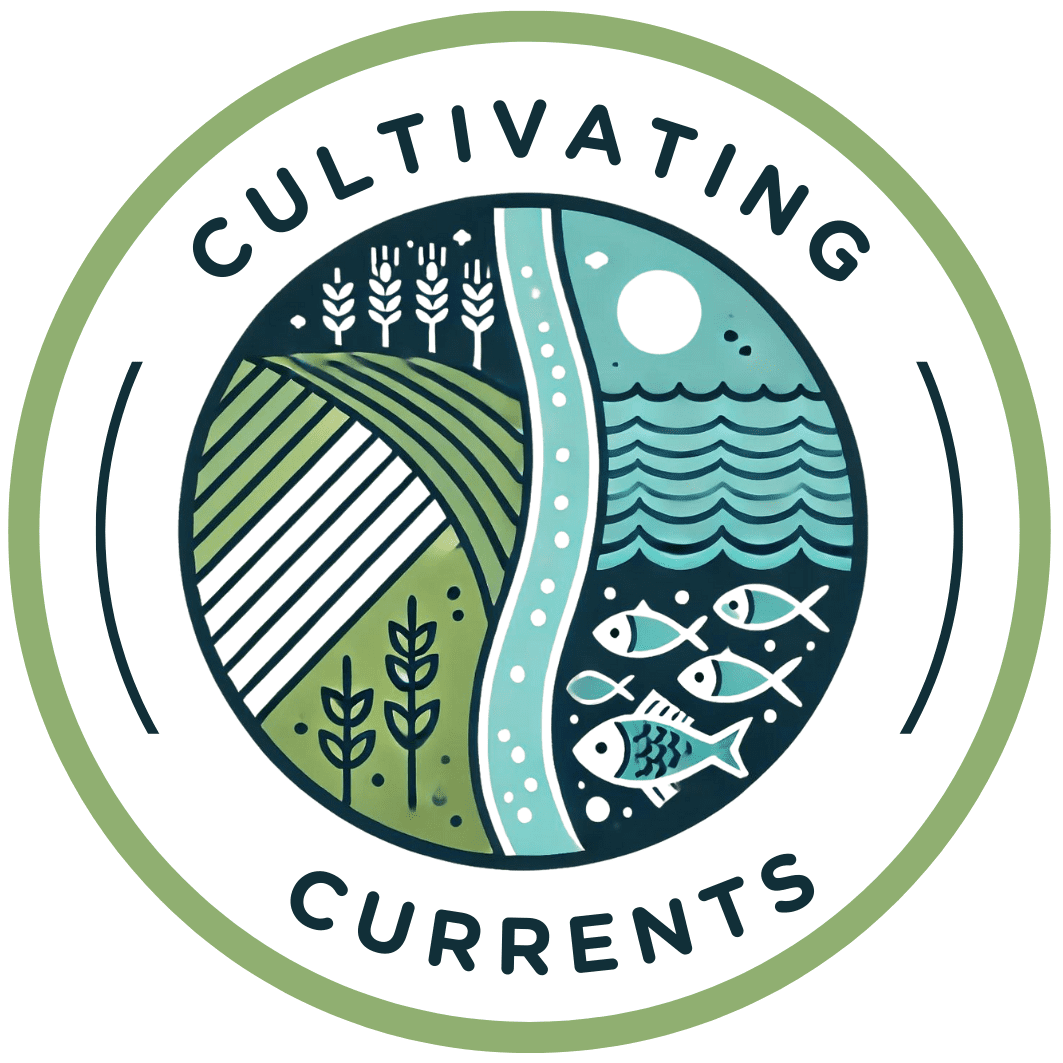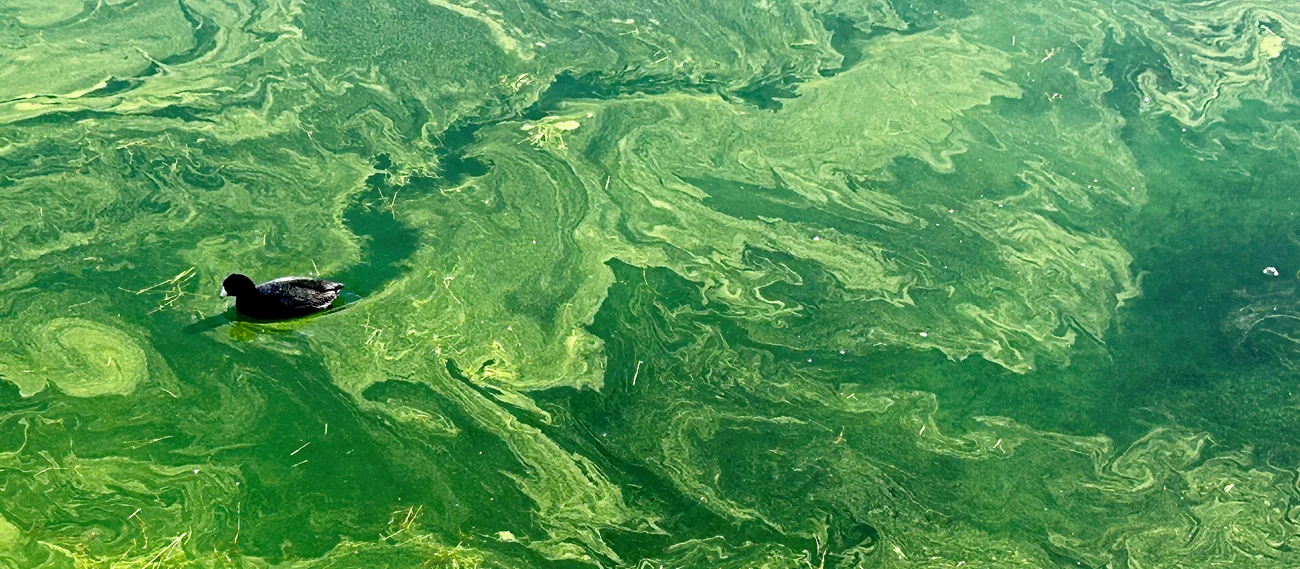What Lough Neagh Teaches Us About Our Own Backyard
“The crisis at Lough Neagh isn’t just about one lake in Northern Ireland. It’s a mirror. And it’s telling a story we all need to hear.”
In August 2025, headlines about Lough Neagh—the UK’s largest freshwater lake—shocked the environmental world. Algal blooms were recorded at three times the rate of the previous year, choking aquatic life and bringing local eel fishing to a near standstill. Some 16,000 tonnes of phosphorus had entered the watershed in a single year, much of it from agricultural runoff.
And yet, it’s not just Lough Neagh.
From Lake Okeechobee in Florida to Chesapeake Bay, from the Illinois River to Louisiana’s coastal “dead zone,” these toxic blooms are now a global pattern. But they aren’t inevitable.
They’re symptoms of how we farm, how we manage waste, and most importantly, how we fail to see watersheds as whole, living systems.
So, what does this have to do with Cultivating Currents?
At Cultivating Currents, we’re building a science and education initiative that takes these exact issues head-on. Through our upcoming Living Loop Lab, a 6,000-mile waterway expedition around America’s Great Loop, we’ll be collecting water samples, testing for nutrient pollution, and training young citizen scientists to understand what’s really going on beneath the surface.
We’re not just testing water.
We’re asking:
- What exactly is entering our rivers after it rains?
- How are farming and stormwater practices impacting our bays and estuaries?
- How can local communities track and prevent these blooms before they reach a crisis?
We’re not just teaching science.
We’re helping teens become part of the solution, connecting soil to sea, from backyards to policy boards.
Lessons from Lough Neagh
What happened in Lough Neagh wasn’t sudden—it was decades in the making. A slow-motion buildup of phosphorus from fertilizers, animal waste, sewage, and leaking septic systems.
But what could have happened—if local data had been gathered, visualized, and understood in real time? What if the community had been equipped with simple water test kits… years earlier?
What if the youth who lived along the river were trained to become its stewards?
From Tragedy to Blueprint
The situation in Lough Neagh may be tragic, but it’s also a teachable moment. It underscores why we need:
✅ A watershed-level perspective
✅ Community science and student engagement
✅ Agricultural systems that retain nutrients, not release them
✅ Localized data to drive real-time decisions
What’s Next
This fall, our team will begin working closely with the NOAA PMN folks to develop a citizen science project that we will pilot in late winter. This project will include training and field test kits and will be available to youth across the U.S.—from the banks of the Mississippi to urban storm drains and farm ditches in the spring of 2026. The full expedition launches in the fall of 2026, but the science starts now!
We invite you to be part of it.
Follow our story.
Fund the research.
Bring us to your school or co-op.
Because the next “Lough Neagh” might be much closer than you think.
.
📖 Learn more about the Living Loop Lab → Here
📬 Sign up for our newsletter → in the footer of this page
🌊 Support youth science → Check out our “Get Involved” page for more info!
#HABs #NutrientRunoff #LoughNeagh #CultivatingCurrents #WatershedScience #CitizenScience #LivingLoopLab #SoilToSea #YouthInScience #EnvironmentalEducation
Featured Image Credit: https://www.nps.gov/lake/planyourvisit/harmful-blue-green-algae-blooms-habs.htm


